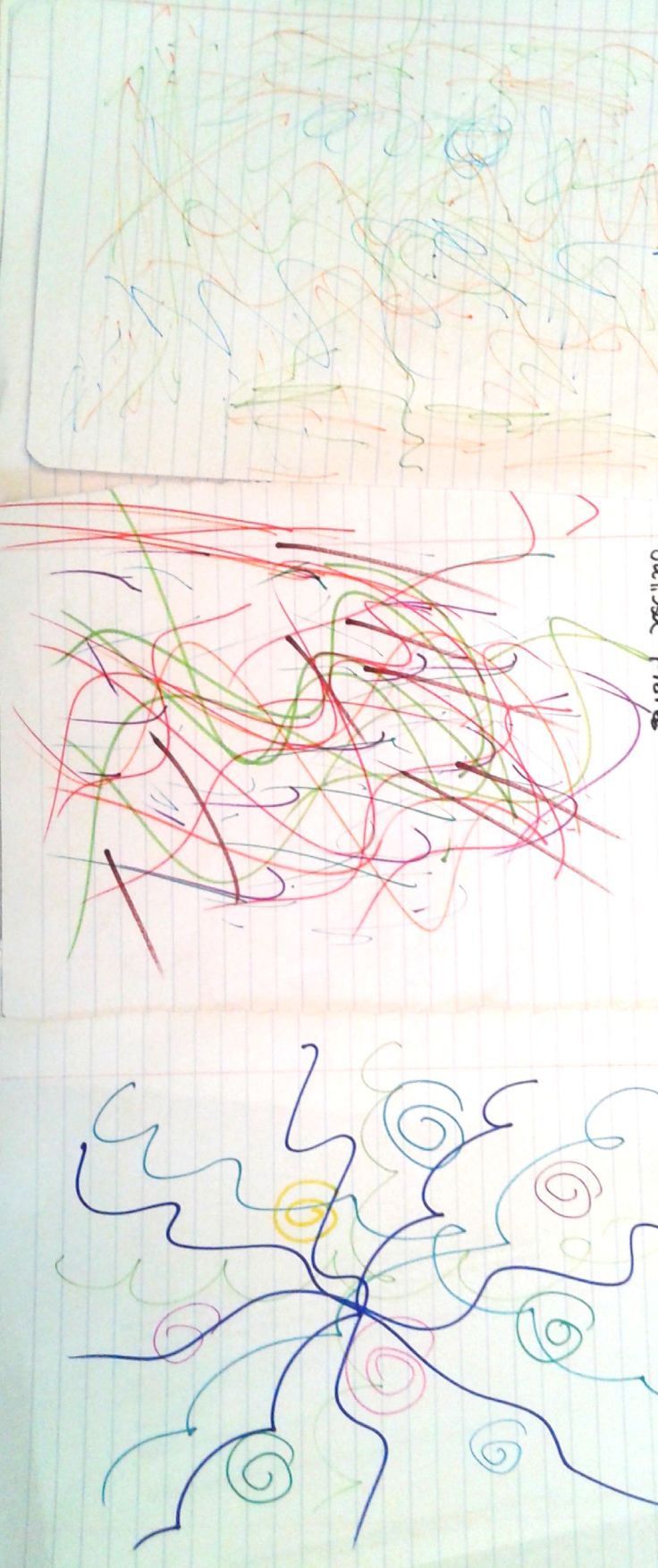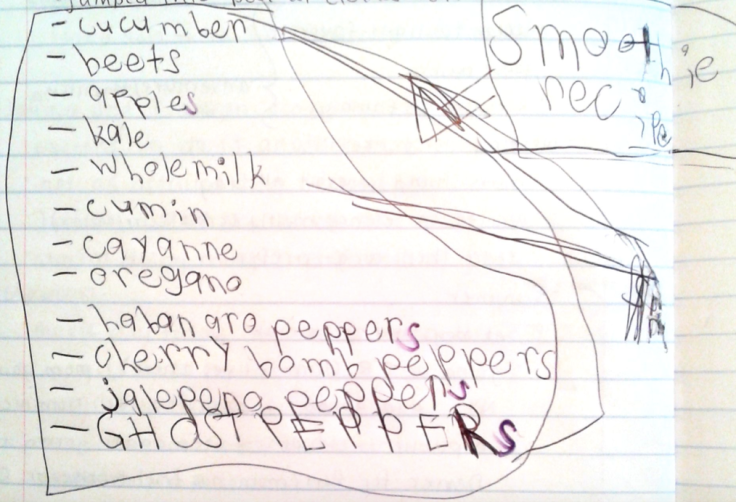Week 3
Many times we hear about equality in school, however, equality isn’t giving every student a far chance to strive for academic growth. I think that it is best said through the illustration:

In the articles this week, they were focused on teaching educators about giving students a far shot, i.e. equity in school. Within providing equity for students teachers need to be aware of what they can out reach and do for their students to provide this equity. This includes: being advocates for the curriculum textbooks, getting to know parents, understanding students instead of deficit thinking about them, etc. Giving students equity in the classroom is a multiple faceted subject, and isn’t a simple one time fix all. It takes time and trial and error. Being aware of your students and the individuals that are within the classroom and not so much focusing on their cultural differences is one way that the articles described. I thought that the story that began the article “The Culturally Responsive Teacher” was a perfect depiction of how equity and understanding your student’s funds of knowledge is essential in their learning. The story told about a little girl who was given the responsibility within her family to take care of her siblings including taking them to and from school, handling their family’s finances, being her parents English translator, and even working with her mother to obtain more money for their family. Peeking inside the home life of this little 8 year old girl shows a much broader perspective of her capabilities and her priorities, while in school she is seen as a student who struggles in her language and math skills, has little initiative, and is disinterested in school (Villegas & Lucas, 2007). If this child would have been provided with equity in school, she might have shown greater gains because the learning would be more appropriate for her. I think that this topic is so important as a preservice teacher to understand, because it all ties into differentiation and how much of an impact that truly has on a student.
As I spend more and more time at the Boys and Girls Club, I am learning new things everyday about my students. Some of the simplest things that the students say nonchalantly when talking to me, sometimes has the most meaning to me. The notes that I’ve been taking enables me to create lessons that would suit them and give them equity in the classroom. This week, I was able to do a new variety of seed activities which actually provide me a great insight on my focus students. I was able to do two visual arts seed activities, I decided to do this because a couple of the kids are in the prodigy art program, and the ones that aren’t were still really excited about doing the seed activities I chose. Two of the students that say that they’re only interested in sports and being active, wanted to join in on the activity after I described it. I think that there is still more that I need to find out after seeing their enthusiasm for art because art can be a great tool to use in the classroom, especially for assessment differentiation. The other activity I chose was to do the 20 questions activity with my gifted student. After talking to her these past weeks, I have seen that she likes challenges and I thought that this activity gave her an appropriate challenge. While playing the activity with her, her enthusiasm grew for me to guess her item. When I finally guessed her item, she went on to tell me about it. She has picked a smoothie but not just any smoothie, a smoothie she drinks everyday. She then went on to write down the recipe for me, which ties into my knowledge about her liking cooking. I think that having some sort of cooking influence in a lesson could be beneficial for her learning. These seed activities are not only a great tool to learn about for classroom integration, but they are also a great tool in understanding these students as well!


June 10, 2016 at 6:05 pm
Hello Gianna,
Thank you for sharing your thoughts in your blog this week. You really pointed out the connections that you made to the Villegas & Lucas (2007) article. When thinking about the other articles that we read, what were some other points that resonated with you? Also, during this summer semester, we are working in an alternative field placement setting instead of a traditional classroom. As we are in an alternative placement setting like the Boys and Girls Club, there are multiple opportunities that you have had to engage in conversations with students. Once you return to the traditional classroom, how do you see yourself implementing some of the strategies that we have read about this week?
I look forward to reading more about your experiences at the Boys and Girls Club.
LikeLike
June 11, 2016 at 1:24 pm
I think that the idea of literacy support in every subject area has always resonated with me and goes along with my personal teaching pedagogy. I have always loved the idea of introducing or beginning a lesson with a read-aloud because it not only is a good strategy to use to increase reading motivation, but also it a good way to hook students into a lesson. Additionally, I think that getting to know your students is such a vital thing to do as an educator. You have to understand who you are teaching before you can go out and actually successfully teach them.
I have been around kids in a non classroom setting before, and I think that having that knowledge is just as important as having the ability to teach. That opportunity to see kids in their natural state outside of school shows you how they interact with people in a lesson formal setting, the things they do in their free time, the kids of people they like to talk to, and even their motivation to work outside of the classroom. It reveals a lot about their personality and knowing that can be a great resource when developing lessons and knowing how to differentiate appropriately for them.
LikeLike